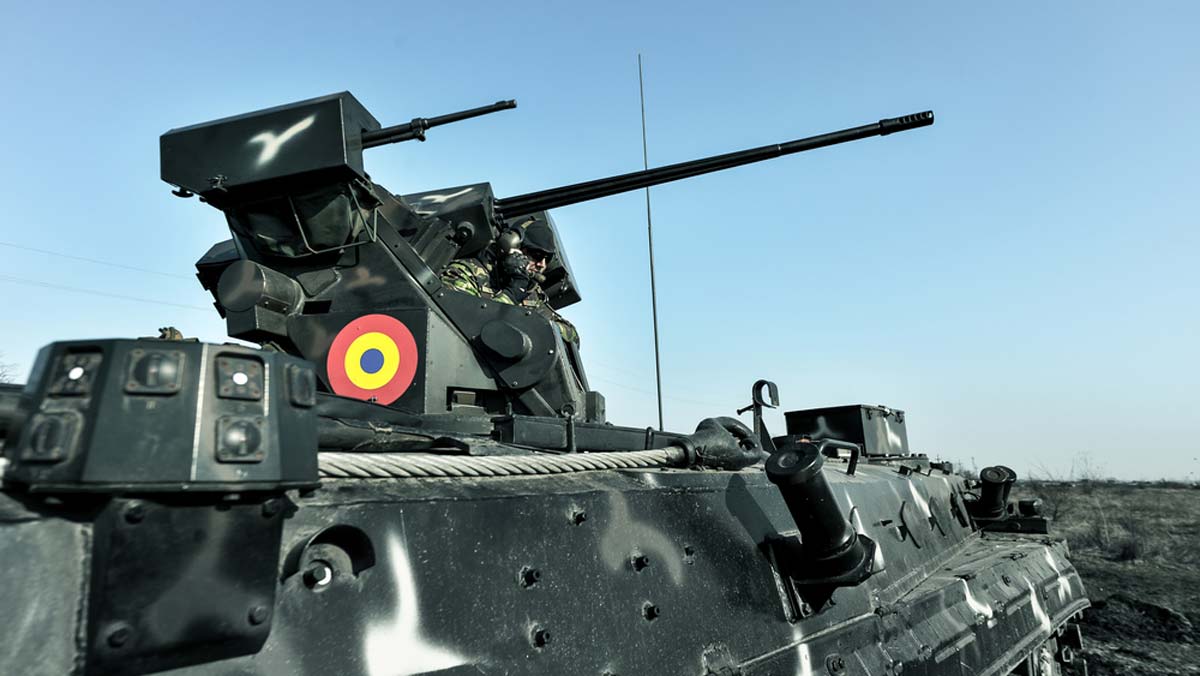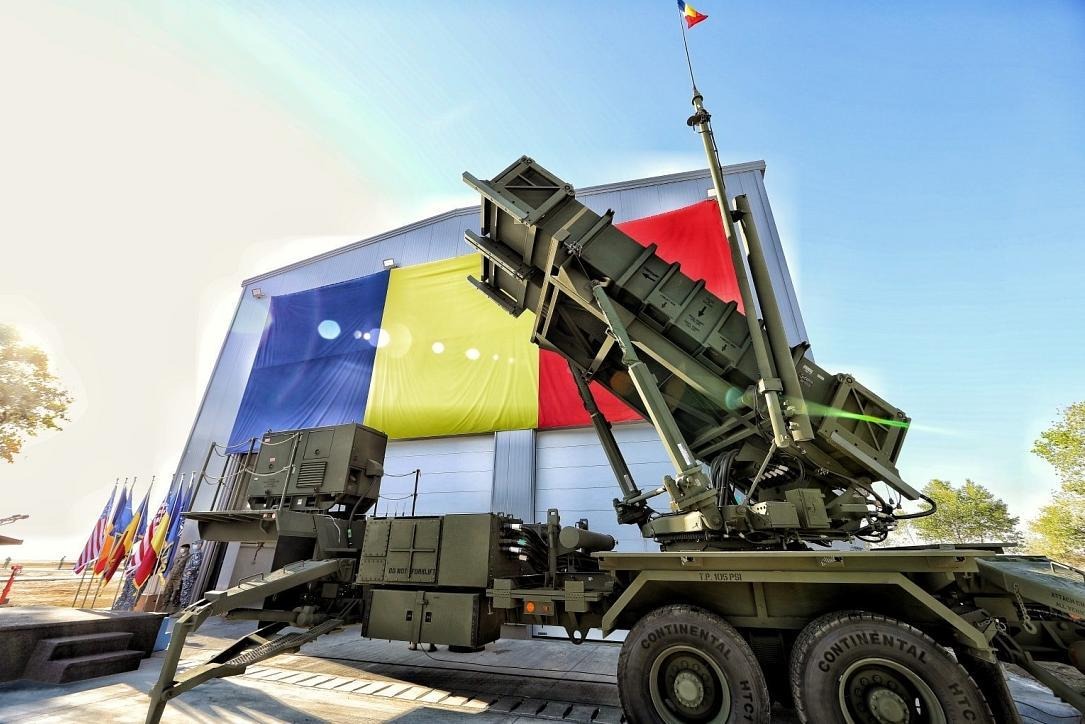
Romania and the Challenges of Spending 2 Percent of GDP on Defense
Romania and the Challenges of Spending 2 Percent of GDP on Defense
Mihai Fifor, the Romanian defense minister, admitted before a joint session of the parliament’s national security and defense committees that the country did not manage to spend 2 percent of GDP on defense in 2017. The government did allocate the necessary funds, but the Ministry of National Defense spent only 1.81 percent of GDP (Digi24HD, January 29).
Why did Romania fail to uphold its pledge to spend 2 percent of GDP on defense? After all, in 2017, the Romanian parliament approved a rearmament program worth $11.5 billion, aimed at massively increasing and expanding the country’s defense capabilities (Curs de Guvernare, May 5, 2017).
The answers are not simple and have to do with three factors: political instability, lack of administrative capacity and cumbersome public acquisitions legislation. Does this mean that Bucharest walked back from its commitment to invest in its own defense? No, Romania was prepared to spend 2 percent on defense in 2017, but the plans were derailed by unforeseen political developments and administrative issues.
Between December 11, 2016, when parliamentary elections were held, and January 29, 2018, when Viorica Dăncilă became prime minister, three cabinets were sworn in. Although the coalition between the Romanian Social Democrat Party (PSD) and the Alliance of Liberals and Democrats (ALDE) commands a comfortable majority in both houses of parliament, instability inside the PSD brought down two cabinets. The main cause for these political debacles have been power struggles inside the PSD.
Customarily, the leader of the PSD, Liviu Dragnea should have become prime minister after the 2016 parliamentary elections. However, he was precluded from doing so by a Romanian law that forbids people that were convicted of a crime from heading a government (Hotnews.ro, November 22, 2016). Dragnea was given a two-year suspended sentence in 2016 for electoral fraud in connection to the referendum held in 2012 for the impeachment of then-president Traian Băsescu (Mediafax, April 22, 2016). In these circumstances Dragnea, who is the speaker of the Chamber of Deputies (lower house of the parliament) in spite of his previous conviction, chose to govern through proxies picked from among second-tier leaders of the Social Democrats.
However, these proxies—Sorin Grindeanu and later Mihai Tudose—began challenging Dragnea for the leadership of the party. Furthermore, after taking the reins of government, it became obvious that it would be difficult to implement the electoral platform on which the Social Democrats and their Liberal allies had been elected. Tensions between cabinet and party leadership soon boiled over and two political crises erupted, which cost the governing coalition two cabinets.
Obviously, the political turmoil affecting the coalition had a negative impact on the Ministry of National Defense. In the space of a year, Romania had three defense ministers: Gabriel Leș, Adrian Țuțuianu and Mihai Fifor. Țuțuianu spent only two months in office before being removed for allegedly challenging Dragnea’s leadership of the party (Ziare.com, October 10, 2017).
Politics aside, the Romanian defense buildup was affected by a lack administrative capacity and management skills. When, for almost a decade, budgets hovered around 1.3 percent of GDP, the ability to manage expensive defense programs diminished. Despite having a two-year buffer between the decision to spend 2 percent of GDP taken in 2015 and its implementation in 2017, the defense ministry was not prepared for the sudden influx of funds needed to undertake big-ticket programs. This situation was highlighted by then–defense minister Țuțuianu, in his brief tenure, when he proposed that the ministry’s acquisition personnel should undergo advance training in procurement legislation and procedures (RRA, July 27, 2017).
Furthermore, there was a visible rift between the optimistic statements of the ministers of defense concerning the start of certain programs and when the contracts with the suppliers were actually signed. A case in point is the acquisition of the Piranha 5 armored personnel carriers: on many occasions the minister of defense stated that a contract with General Dynamics European Land Systems should have been signed in 2017 (Știri.tvr.ro, October 11, 2017), but in effect it was signed in 2018 (Hotnews.ro, January 10, 2018).
Some of these delays were caused by the complexities of negotiating high-value contracts. But given the two-year window of opportunity, there should not have been so many postponements. Simply put, Romania underestimated the administrative effort required to increase defense spending at the levels agreed with the rest of its North Atlantic Treaty Organization (NATO) partners.
Finally, Romania’s complex public acquisitions legislation has inhibited its rearmament drive. In case of a public tender for military equipment, it takes around 200 days to award a contract—that is if there are no complaints made to the regulatory authorities. Moreover, public acquisition legislation constrains the Ministry of National Defense to award an open tender to the lowest bidder, without taking into consideration the tradeoff between capabilities and costs. A case in point was a tender to modernize Romania’s Type 22 frigates in 2016, when the winner could not execute the contract (Știri.tvr.ro, April 4, 2017).
Unfortunate situations such as these can be avoided by employing other acquisition procedures: direct award, government-to-government agreements or competitive dialogue. However, direct awards and government-to-government agreements tend to raise suspicions of graft and corruption in Romania.
Romania’s case illustrates the challenges of meaningfully increasing defense spending faced by NATO members after a long period of divestment. Even if there is political will to increase spending and financial resources, politics as well other factors can delay defense programs. Furthermore, the years of underinvestment in defense have taken a toll not only on the military capabilities of the Armed Forces, but also on the administrative bodies in charge of managing defense acquisition. These obstacles will need to be reduced as Romania ramps up its rearmament program.


